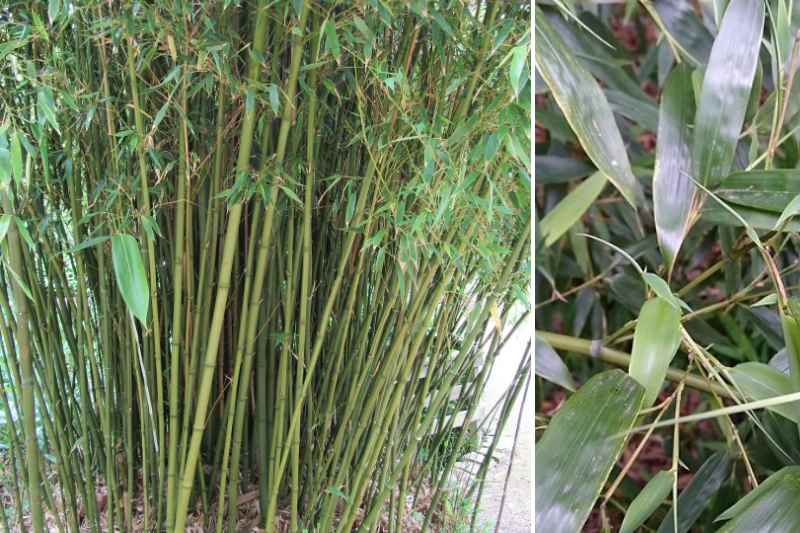The Henon bamboo (Phyllostachys nigra var. henonis), a widespread and cherished species in Japan, is set to offer a rare spectacle: its first flowering in 120 years. However, this phenomenon, as magnificent as it is ephemeral, could lead to significant ecological changes.
A Chinese heritage on Japanese soil
Originating from China and introduced to Japan as early as the 9th century, the Henon bamboo has thrived, now covering nearly 1700 km² of forests. This giant bamboo, like all members of this botanical genus, follows a unique life cycle known as "semelparous": they flower only once, almost all at the same time around the world, and then die. While some bamboos live only a few years, Phyllostachys nigra var. henonis, sometimes referred to as Phyllostachys puberula, astonishes with its longevity, having a flowering cycle that spans 120 years.
To learn more about Phyllostachys, read our guide on this botanical genus.

A botanical event as rare as it is mysterious
During the last major flowering of henonis in 1908, scientific knowledge was limited, leaving the mystery of its regeneration after flowering intact. Researchers from Hiroshima University, having observed early flowering as early as 2020, have delved into this mystery. Despite the production of seeds, the long-awaited regeneration has not occurred. "No viable seeds have allowed the germination of new bamboos, and the production of new shoots has ceased," explains lead researcher Toshihiro Yamada. This discovery suggests a significant challenge for the regeneration of this species.
Survival and adaptation: the Paradox of Henon Bamboo
Despite these observations, it is fascinating to note that the Henon bamboo has survived for over a thousand years in Japan. This indicates that the species must have regenerated multiple times, despite the apparent absence of new shoots after flowering. Researchers are exploring various hypotheses, including the existence of underground organs capable of promoting regrowth.

An uncertain future for bamboo forests
The imminent flowering, expected around 2028, will transform the Henon bamboo forests in Japan into meadows for several years. This transitional period will affect not only the ecosystem but also the traditional use of bamboos in Japanese crafts and cuisine. "We must prepare to manage this radical change," adds Yamada.
This rare natural phenomenon raises intriguing questions about the adaptation and survival of species. It reminds us of the complexity and interconnectedness of our ecosystems while offering a unique opportunity to observe and understand an extraordinary life cycle in the plant world.

And in our gardens?
The imminent flowering of the Henon bamboo indeed raises important questions for gardeners and producers. If you are considering planting this bamboo, it is essential to take its life cycle into account. Knowing that it will die after its flowering (expected in 2028), you may need to plan for replacements or choose an entirely different species of bamboo for the longevity of your garden.
If you already have Phyllostachys nigra var. henonis in your garden, keep an eye out for signs of flowering. After this, it will be crucial to remove the dead plants to prepare the ground for new plantings. But let’s keep in mind that the flowering of the Henon bamboo is a rare and fascinating event. This may just be the opportunity to observe a unique natural phenomenon and learn more about the life cycle of plants. Remember to take photos!































Comments